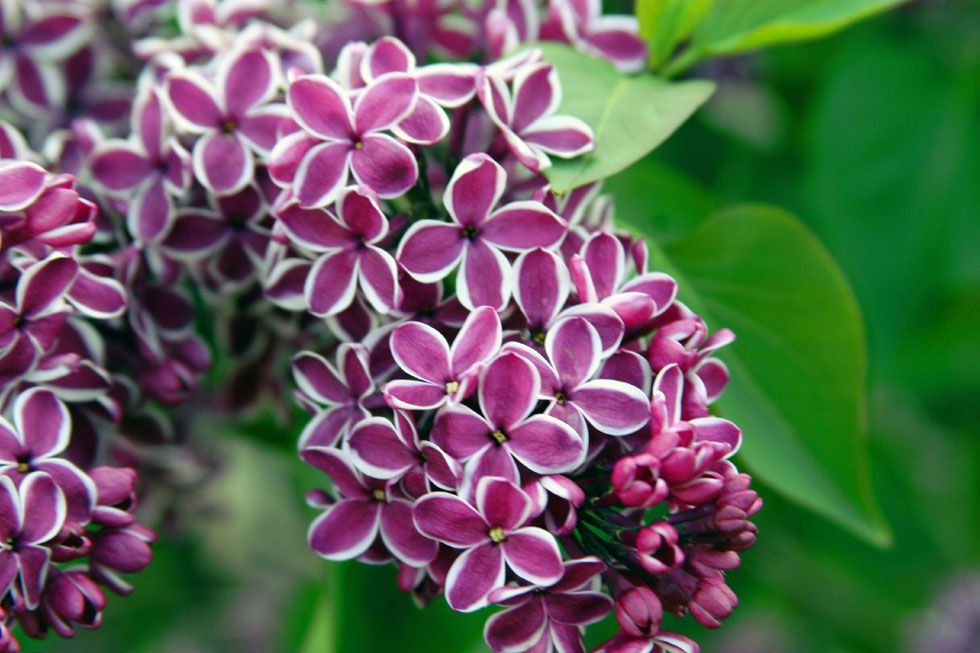This article was scraped from Rochester Subway. This is a blog about Rochester history and urbanism has not been published since 2017. The current owners are now publishing link spam which made me want to preserve this history.. The original article was published January 09, 2013 and can be found here.
![Lilacs in Highland Park, Rochester, NY. [PHOTO: Rich Engelbrecht, via Flickr]](https://senseofplace.dev/content/images/photos/lilacs-highland-park-rochester.jpg)
The following is a guest post submitted by Joel Helfrich .
Submit your story today .
I live in America's first boom town--Rochester, New York--on Linden Street. Linden trees, unsurprisingly, line much of my street. Down the street is the Genesee River, once one of America's most polluted--and possibly still. My street is a historic district that was once part of the world's largest nursery. The Ellwanger and Barry Company supplied the first fruit trees to California...
The trees were initially grown in Rochester greenhouses and shipped via rail. The introduction of cherry blossoms from Japan to Washington, D.C., initially came through Ellwanger and Barry, where they were listed in pre-Civil War catalogues. In the nineteenth century, a wall six feet high stretched the length of my street and encircled the nursery grounds. Victorian homes line the opposite side of my street. The homes on my side are all American Foursquare, built after the turn of the twentieth century; by that point, Ellwanger and Barry had shifted its business to real estate development. The company donated land to create Highland Park, Rochester's first park. Eventually the first statue in the U.S. of an African American, Frederick Douglass, was erected in the park near the site of his home that burned in 1872.
Floral catalogues from Rochester helped the city win the recognition as the Flower City of America. The city's current logo, with its abstract water wheel/flower design, nods to both the flour-milling industries, which moved westward in the 1830s, and seed and flower industries which declined by the 1890s. Rochester was the world leader in both. Rochester also boasts one of four complete park systems in the nation designed by Frederick Law Olmsted (the other park systems are in Buffalo, Louisville, and Boston). Olmsted recommended engineer Calvin Laney as Rochester's first Park Superintendent, who in turn hired John Dunbar, a Scottish immigrant, to supervise the planting and maintenance of the collection.
As the first Assistant Park Superintendent, Dunbar surpassed Olmsted's plans and eventually introduced lilacs to Highland Park, for which the city is well known. In 1903, Dunbar built and lived in the house that I now call home.
* * *
About Joel Helfrich:
Joel Helfrich is an Adjunct Assistant Professor of history at Monroe Community College and a Visiting Assistant Professor of Environmental Studies at Hobart and William Smith Colleges. Joel is also a father, entrepreneur, educator, and activist who has worked on animal rights, environmental, historic and sacred sites preservation, and social justice issues. He holds the conviction that a myopic focus defeats the most important work any historian does--being an informed and informative member of society. He sees the environment as a site where much of his historical training can be brought to bear, so he continues to pursue those interests as well as others.


